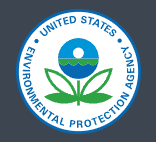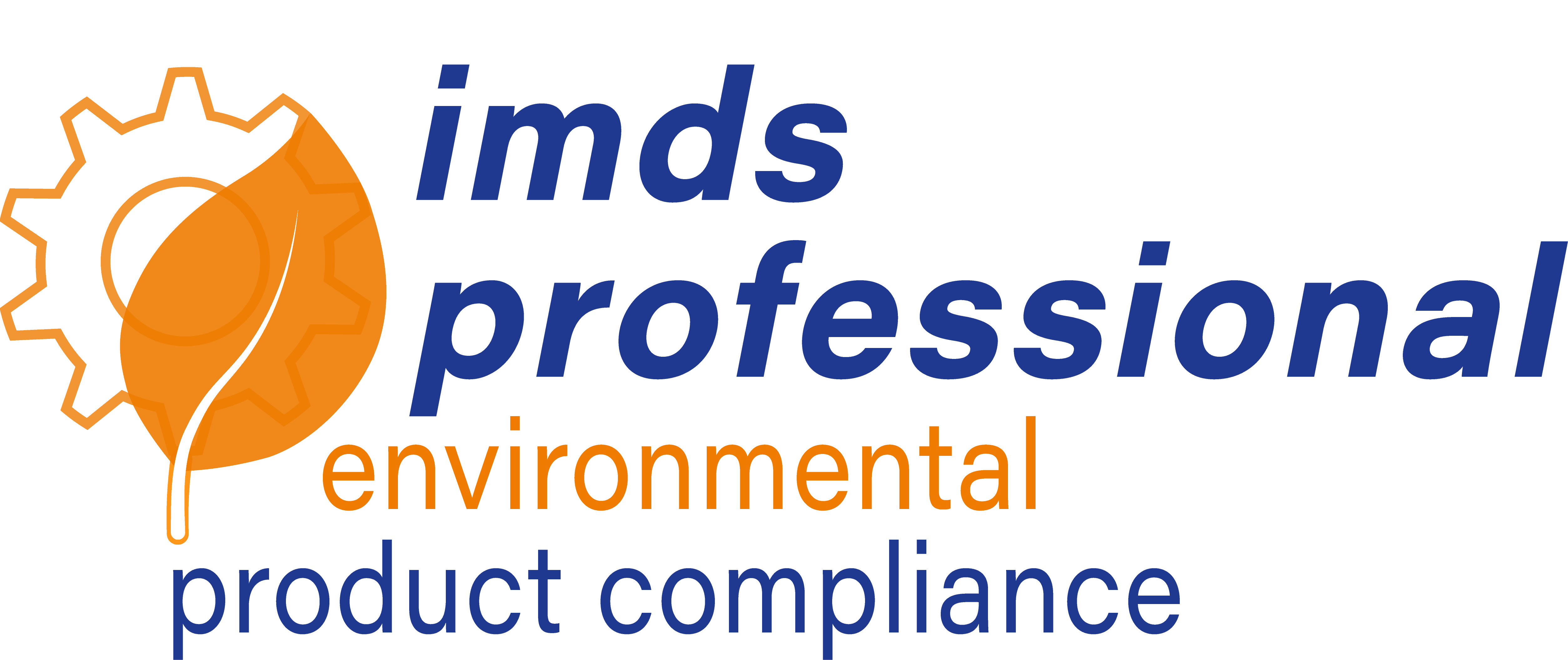TSCA
Information and services on TSCA
The United States Toxic Substances Control Act (TSCA)

The US chemicals legislation Toxic Substances Control Act (TSCA) regulates most industrial chemicals that are manufactured or processed in the United States. It applies to all substances that pose an “unreasonable risk to health or the environment” and also applies to imports. The legislation was passed in 1976 alongside a range of other environmental regulations in the USA and was comprehensively reformed in 2016. The law regulates various chemicals and substances, including asbestos, lead in paint, nanomaterials and polychlorinated biphenyls (PCBs). Whether the law can also be applied to the control of greenhouse gas emissions is a point of contention that is currently being decided in court.
The TSCA Inventory (or simply “the Inventory”) is a list of chemical substances covered by TSCA. The US Environmental Protection Agency (EPA) keeps it up to date and publishes changes every six months in a non-confidential section of the inventory. The list has a search function and the latest version can also be downloaded directly from the EPA. Since the first version of the inventory, which included 62,000 chemical substances, the TSCA Inventory has grown to 86,000 chemical substances. The EPA receives about 400 new notifications of substances each year, which means that the TSCA inventory changes on a daily basis.
Twice a year, the EPA updates its public information on the TSCA Inventory to include new and corrected chemical lists. Confidential chemical identities are not included. Therefore, this public information is less complete and up-to-date than that in the EPA’s TSCA Master Inventory File, which can only be viewed by the EPA. This file also contains the chemical identities classified as confidential and is always kept up to date when new or corrected information is received. Binding and complete information is therefore only available via the official channel at the EPA.
Searching in the TSCA Inventory is not easy. You are therefore welcome to contact our team at imds professional. We will help you with the search in the public part of the inventory and all other steps involved in registering substances under TSCA.
Chemical substances in the TSCA inventory include both organic and inorganic substances, polymers, and chemical substances of unknown or variable composition, complex reaction products, and biological materials (UVCBs). There are other chemicals that are not listed in the TSCA Inventory but are regulated by other U.S. laws, such as pesticides, food or food additives, cosmetics, drugs, tobacco and tobacco products, nuclear materials, and munitions. Chemicals that are not listed in the inventory are considered a “new chemical substance”. Substances with manufacturing or use restrictions are marked with flags in the TSCA inventory.
Before a chemical substance is manufactured or imported, it must be checked whether it is included in the inventory. Section 5 of TSCA specifies that the EPA must receive a Premanufacture Notice (PMN) for all chemical substances that are not exempt for certain commercial uses at least 90 days prior to the start of manufacture or import.
The EPA recommends that anyone submitting a Premanufacture Notice (PMN) ensure that the data is complete. Therefore, the EPA’s regulations should be followed closely. On its website, the EPA has provided various instructions to avoid incomplete PMNs. There is also an Instruction Manual for Premanufacture Notification of New Chemical Substances, which is available for download as a PDF. The information in the PMN notification form should be accurate and complete. If it is incomplete or incorrect, the EPA may request additional information or revision of the risk assessment, which can delay the process. EPA may declare the application incomplete throughout the review period and suspend its review.
Anyone who receives additional risk-relevant information or test data for a new chemical during this review period must submit it to the EPA within ten days, but no later than five days before the end of the review period, or inform their EPA contact by telephone after this time. This concerns toxicological information, but also other areas such as release into the environment, occupational safety and details on manufacture, use and disposal.
Anyone looking for a specific substance in the TSCA inventory for commercial reasons and intending to manufacture it must submit a so-called “Bona Fide Notice” (also known as an “Import Notice”) to the EPA. Various information about the substance must be provided. Among other things, the name in the “Chemical Abstracts Index” must be specified. This CA index name can in turn be determined by the Chemical Abstracts Service’s Inventory Expert Service, a division of the American Chemical Society. Additional information must be submitted to the EPA if confidential chemical identity information is available, i.e., if a supplier has withheld certain information from the submitter. In this case, the submitter will need a letter of support from that supplier or manufacturer providing information on the chemical identity of the confidential substance directly to EPA.
These documents must be received by the EPA before a bona fide notification or PMN is considered complete by the EPA. The EPA advises making arrangements with suppliers to be notified of changes in the composition of substances. This is because these could also change the chemical identity of the confidential substance. This can be the case, for example, if manufacturers and importers use reportable substances with branded materials that contain confidential ingredients. The EPA itself does not use brand names in the TSCA Inventory because their formulations can change and also because specific chemical substances are listed in the Inventory, not formulations. Further information on the “bona fide” notification is also available directly from the EPA’s TSCA hotline.
The final step of the EPA review is the “Notice of Commencement of Manufacture or Import”, or NOC for short, which can also be submitted electronically. It is issued after the EPA has reviewed the Premanufacture Notice. Anyone submitting a PMN must submit the NOC form electronically to the EPA within 30 calendar days of the date on which the substance is first manufactured or imported for non-exempt commercial purposes. If the NOC is complete, EPA will add the substance to the TSCA Inventory. The date of receipt of the complete NOC by the EPA is decisive, even if the actual processing takes about four weeks. The substance is then considered an “existing chemical” from the date on which the complete NOC is received by the EPA.
Substances that fall under the “R&D” exemption (“research and development”), i.e. that are manufactured in small quantities and exclusively for research and development, do not require an NOC and can be used or sold after the PMN review period has expired. However, they are not included in the TSCA inventory, but only once an NOC is available. However, this in turn may only be submitted when commercial production begins and the substance is no longer in the research and development phase.
There are further exemptions for low volume exemptions (LVEs), low release/low exposure exemptions (LoREXs), test market exemptions (TMEs) and for polymers that comply with the 1995 Polymer Exemption Rule Amendments. No NOC is required for such substances and for uses without a notification requirement. They are also not included in the TSCA list.
Many nanoscale materials also fall under the TSCA and are classified there as “chemical substances”. Substances with dimensions in the nanoscale range, i.e. around 1 to 100 nanometers (nm), are referred to as nanomaterials or nanoscale materials. For comparison: a human hair has a size of 80,000 to 100,000 nanometers. A nano-sized chemical substance can have different properties than the same chemical substance with larger structures. For example, the substance can become stronger or lighter and also have a higher chemical reactivity. This is often helpful for commercial applications, but for some substances it also leads to a change in the effects on the environment or health.
In order to avoid risks, the EPA has comprehensively regulated nanomaterials. It collects information on new and existing nanomaterials and ensures that new nanomaterials are pre-registered. Companies must provide the EPA with information on certain chemical substances that are already on the market, manufactured, imported or processed as nanoscale materials. This includes details about the specific chemical identity, production quantity, manufacturing methods, health and safety data, and information about the processing, use, exposure and release of the substances. The EPA has produced guidance on information gathering for nanoscale materials for manufacturers, importers and processors. To determine whether a nanoscale substance is a “new” chemical on the TSCA inventory, the EPA has compiled a guideline.
In order to limit the risk posed by nanomaterials, the EPA has restricted their use in some cases, as well as their release into the environment or stipulates the use of personal protective equipment and technical controls. It also requires tests on health and environmental data. The manufacture of new chemical materials on a nanoscale is permitted to a limited extent under TSCA. So-called “consent orders” or “Significant New Use Rules” (SNUR) are used for this purpose. The production of new chemical materials on the nanoscale can also be authorized under certain exemptions. However, strict rules apply in order to control exposure and avoid unacceptable risks such as release into the environment.
All companies that manufacture (including imports) or have manufactured (including imports) PFAS or articles containing PFAS since January 1, 2011 must electronically report information on the use of PFAS, production quantities, disposal, exposure and hazards. Depending on their size, the affected companies have 18 or 24 months after the regulation comes into force (October 11, 2023) to comply with their reporting obligation. To date, the EPA has identified 1,462 PFAS that are currently covered by the TSCA inventory.
The U.S. Environmental Protection Agency (EPA) provides the Central Data Exchange portal, which can be used to submit reports under TSCA. This is not to be confused with DXC Technology’s Compliance Data eXchange (CDX) for the exchange of material data sheets.

Support services related to TSCA
Do you need help?
